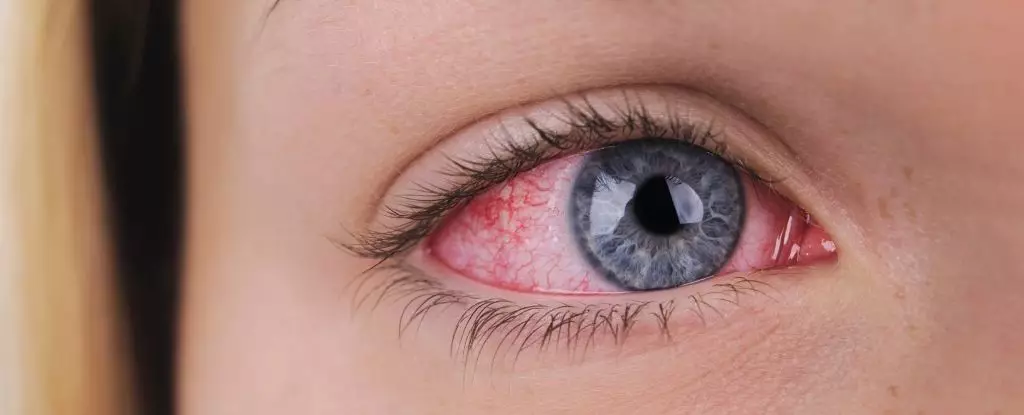While many may view eye infections as minor inconveniences, they can actually be quite serious and even life-threatening. An outbreak of antibiotic resistant bacteria Burkholderia cepacia in 2023-24 serves as a stark reminder of the potential dangers of eye infections. Contaminated eye gel led to at least 52 infections, one of which was fatal. This is not an isolated incident, as certain bacteria, like B cepacia, pose a significant risk to individuals with certain health conditions. The progression of such infections from the eyes to the lungs can result in severe complications, such as pneumonia and septicaemia, leading to death in a matter of days.
The eye is a complex and delicate organ that lacks the ability to regenerate damaged cells. Despite the body’s protective mechanisms, such as the bony structure and eyelids, the eye remains vulnerable to infections. Even something as simple as rubbing the eyes can introduce harmful pathogens that can lead to various infections, including blindness and in extreme cases, death. Contact lens wearers are at an increased risk due to the nature of wearing lenses on the eyes.
Eye infections can manifest in various forms, each with its own set of causes and symptoms. Conjunctivitis, commonly known as “pink eye,” can be caused by bacteria, allergens, or viruses, and typically resolves on its own. Blepharitis, an inflammation of the eyelid, is often caused by bacterial infections or dysfunction of eyelid glands. Styes, or hordeolum, are painful infections of the eyelid caused by Staphylococcus bacteria. Proper treatment, such as regular cleaning, is essential to prevent complications.
Keratitis is the inflammation of the cornea, which can lead to ulcers, eye damage, and blindness. Severe cases of keratitis can result from bacterial infections or improper contact lens wear. Uveitis, inflammation of the middle layer of the eye, can have serious consequences and is often a result of viral infections or trauma. Dacryocystitis, the inflammation of the nasolacrimal sac, can lead to tears stagnation and microbial growth. These conditions highlight the importance of proper eye hygiene and care.
Maintaining good eye hygiene is crucial in preventing eye infections and complications. Contact lens wearers, in particular, should be diligent in cleaning their lenses properly to avoid introducing harmful microbes to the eyes. Using non-sterile water or fluids can lead to localized infections or even systemic infections that can be life-threatening. Any persistent redness or swelling of the eyes should be evaluated by a healthcare professional to prevent serious consequences.
Eye infections are not to be taken lightly. They can have severe implications on one’s health and even lead to significant complications. By understanding the risks associated with eye infections, practicing good hygiene habits, and seeking prompt medical attention when needed, individuals can protect their eyes and maintain their vision.


Leave a Reply